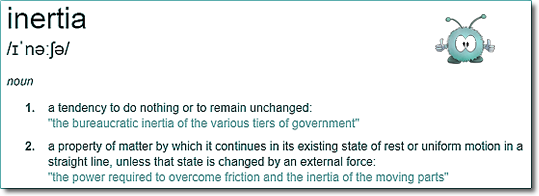Mass Gravitational Mass
There are three basic states of matter: solid, liquid and gas, all of these contain atoms and/or molecules that 'have mass' and make up the mass of the object. If my mass was 65 kg. This would be true wherever I went in the universe. Just because I travelled to the moon wouldn't make the number of atoms and molecules in my body change.. it would be the same.. just as my dress-size would stay the same - my mass would remain at 65 kg.
How is it measured?Gravitational mass is measured by comparing the force of gravity of an unknown mass to the force of gravity of a known mass. This is typically done with some sort of balance scale.
The beauty of this method is that no matter where, or what planet, you are, the masses will always balance out because the gravitational force acting on each object will be the comparable. This method does break down near supermassive objects such as black holes and neutron stars due to the high gradient of the gravitational field around such objects, but works well in most situations. Mass, weight and density were year 7 (age 11) topics when I taught at High School - here are examples of work by my ex-pupils....
Inertial MassMass is a measure of inertia. This is a concept that is met at GCSE level.
We encounter this version of mass when we consider a body changing its state of motion - accelerating or decelerating. The more 'mass' an object has the more difficult it is to make it change its motion - speed up or slow down. Objects with a big mass need a big force to change their speed. You can work out the 'mass' by finding out how big a force you need to make it accelerate. Inertial mass and gravitational mass are the same value - inertial mass is found by applying a known force to an unknown mass, measuring the acceleration, and applying Newton's Second Law: mi= F/a where
This gives as accurate a value for mass as the accuracy of your measurements.
|
Follow me...
|



 How tightly
packed the mass is, within a given space is called the
How tightly
packed the mass is, within a given space is called the 





